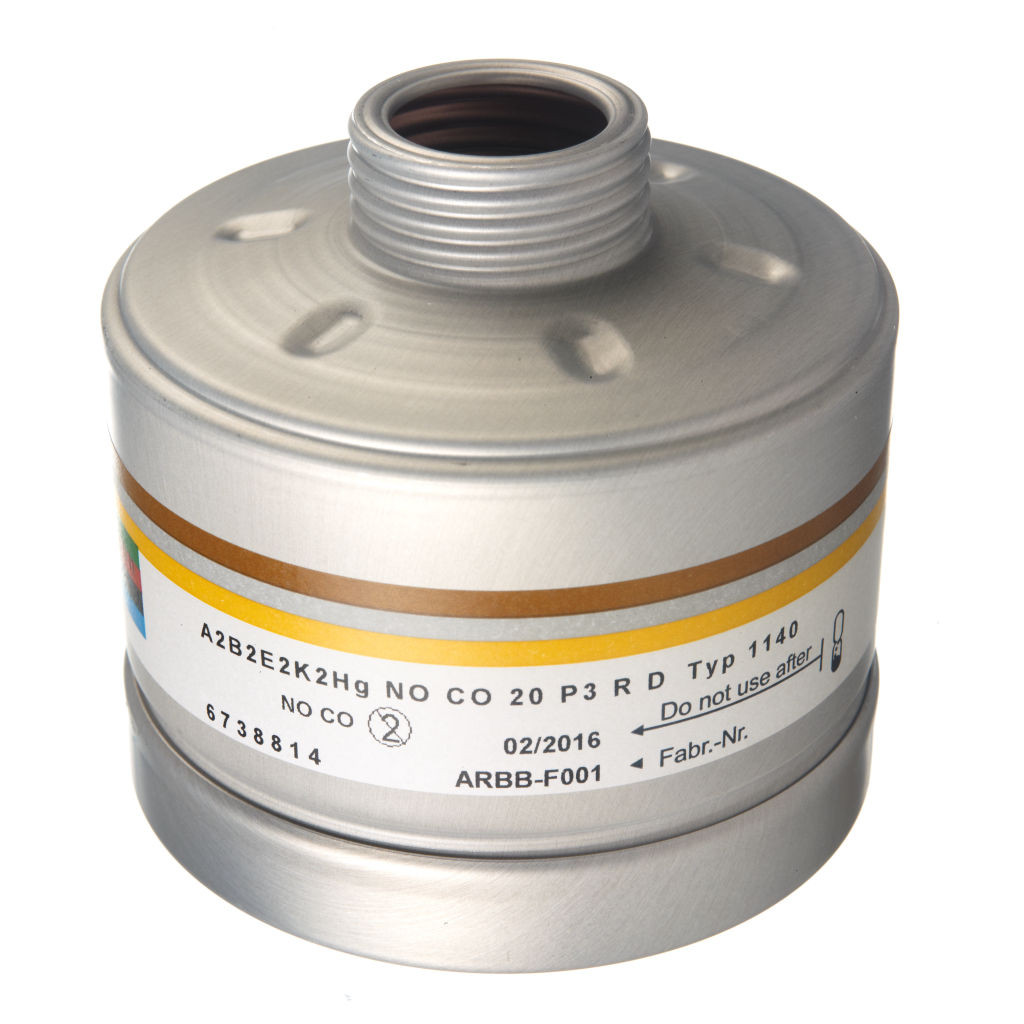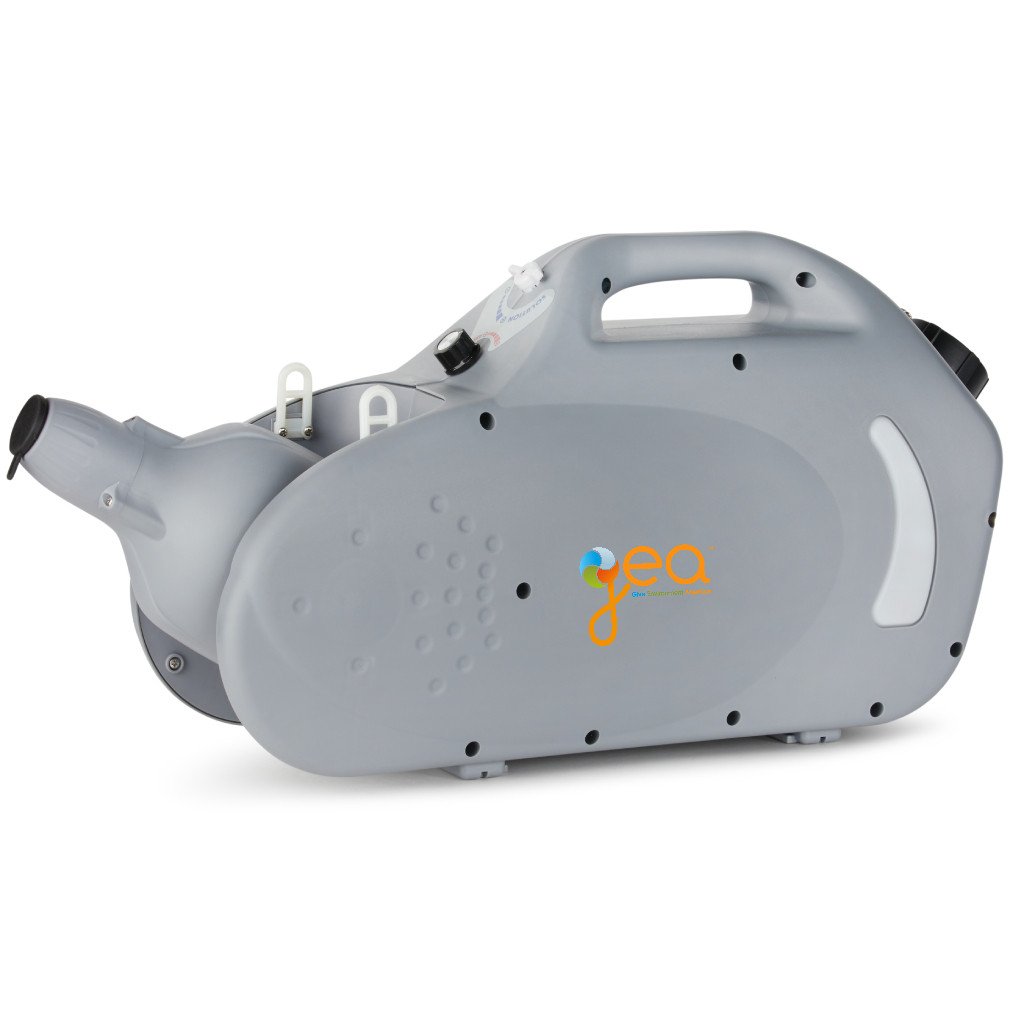- -35.00 €
Disposable coveralls
Disposable protective suit against chemical and biological risks - 50 pieces package
Disposable coverall in PP + PE (Polypropylene + Polyethylene) against Chemical and biological risk.
- Disposable overalls
- Virus isolation
- High level of comfort
- High breathability
- Disposable suits with hood
- Elastic cuffs and ankles
- Half elastic waist
- One-way zip that extends to the chin to completely cover the neck
- Stretch-resistant interlocked seams
- Without shoe covers
- Clean and hygienic
Complies with standards: EU2016/425; Type 5.6
Certifications: CE, FDA, TUV
PACKAGE CONTENT: 50 DISPOSABLE COVERALLS
- Material: Polypropylene (PP) + Polyethylene (PE)
- Density: 50 g/m2
- Color: white
- Weight: 205 g / piece
- Disposable coveralls
- Maximum comfort
- High breathability
- Adjustable integrated hood
- Elastic cuffs and ankles
- Half elastic waist
- Unidirectional zip
- Stretch-resistant interlocked seams
- Without shoe covers
- Protection against chemical and biological risks
- Package of 50 pieces
- Certifications: CE, FDA, TUV
- Complies with standards: EU2016/425; Type 5.6
The disposable suit protects the worker from dirt and fluids, provides better hygiene in the workplace, and increases worker safety.
These chemical resistant coveralls protect the workers against chemical and biological hazards, ensuring that user clothing is not damaged or contaminated by these substances.
How to use the disposable coverall:
- Wear the suit over your clothing before entering the environment
- Close zipper up to chin
- Make sure all body parts are well covered.
- For complete protection, wear this product in combination with shoe covers, gloves, protective goggles (or cover spectacles), mask (if necessary).
- Remove and dispose of the coverall properly after use.
The use of the disposable coverall against chemical and biological hazards limits the risk of cross-contamination of the environment.
They are used in all those areas where, due to the activity carried out or the type of environment, there are contaminants, which can be transported from one environment to another if they meet the worker's clothing.
Some examples of industries:
- Environmental disinfecting activities
- Maintenance / cleaning / Pest control activities
- Automotive painting spray
- Ship building
- Automotive manufacture
- Chemical
- Mechanical
- Electronic Assembly
- Beauty Industry
- Laboratory
- Agriculture / Food Industry
- Pharmaceutical sector
- Transport
- Packaging
- Healthcare
National and
International shipments
Secure
Payments
Certifications
You might also like



























